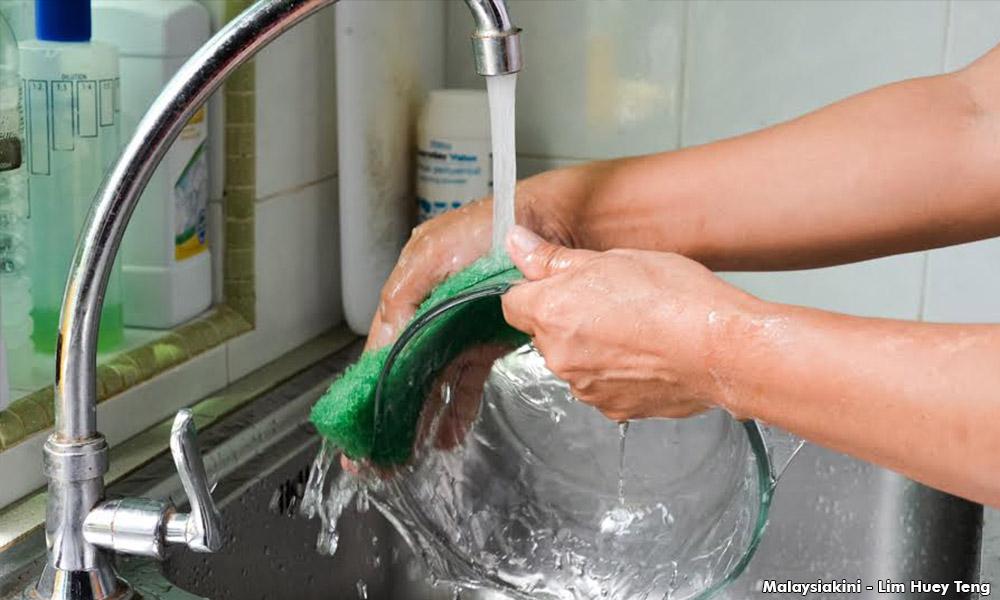LETTER | As reported by The World Counts on April 2014, we use 10 billion tons of freshwater worldwide on a daily basis. Furthermore, according to the Second UN World Water Development Report, if present levels of consumption continue, two-thirds of the global population will live in areas of water stress by 2025.
In addition, human demand for water increases along with the number of world population growth, and the disastrous impact of climate change will worsen the water scarcity crisis. This tightens the competition for water amongst agricultural, industrial, and human consumption. With the current situation, our water supply is definitely not secure enough in the future.

As recently reported by WHO and Unicef, there are still 2.1 billion people who lack access to safe, readily available water at home. What will happen to them if this current trend of water consumption is prolonged until 2025?
Adding to this, the changes in human lifestyle and activities, which require more water per capita, are the main factor of water scarcity crisis.
According to MWIG 2017, the domestic water consumption per capita per day in 2015 – 2016 was 209 litres, which is still above from the Ministry of Energy, Green Technology and Water's (KeTTHA) goal, which is 180 litres, by 2020.
Current domestic water consumption in Malaysia is high mainly due to the law awareness of water conservation practices and water efficient products. Based on a study conducted by the Malaysian Water Forum, most consumers are still unaware of the presence of water-efficient products, which are labelled with Water Efficient Product Labelling Scheme (WEPLS).
Water efficiency differs from water conservation. Water efficiency means doing more with less water. For example, washing dishes or flushing the toilet with the least amount of water necessary to get the job done. Meanwhile, water conservation is to use only the water you need. For example, turning off the water when you brush your teeth. Both have the same goal which is to reduce water consumption.

Water efficient products can save more water in the long term. For instance, according to the Australian government, a water-efficient showerhead could save up to 19 litres of water a minute in the shower. Thus, the annual savings are around 14,500 litres. Plus, a water efficient washing machine model could save up to 65 percent of the water.
In conclusion, water efficient products may help us to save more water apart from practising water conservation. Reduce your water consumption before it's used up one day.
The views expressed here are those of the author/contributor and do not necessarily represent the views of Malaysiakini.

